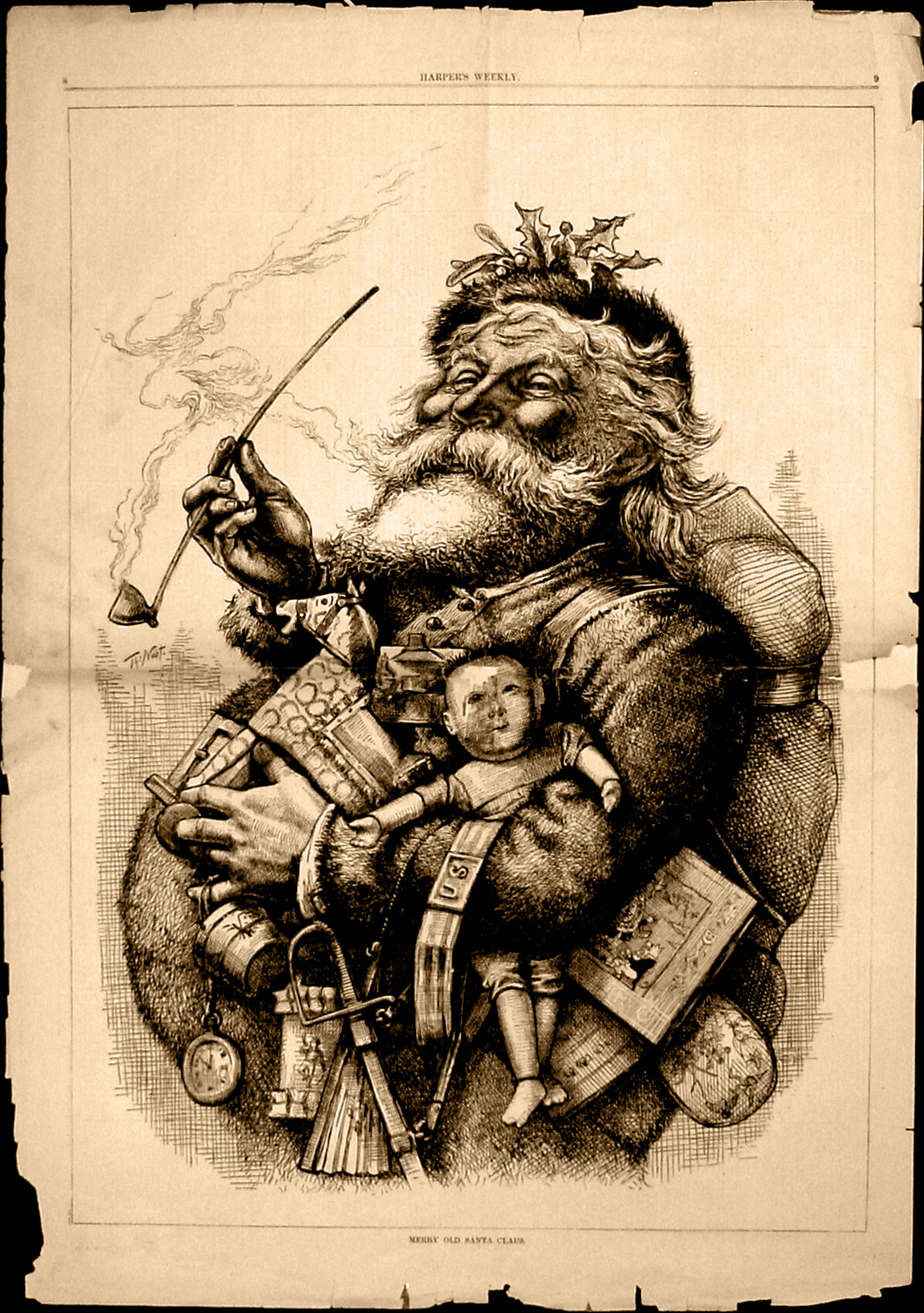Basic Copyright Issues:
Public Domain and Creative Commons
Public Domain
After a certain amount of time or under certain conditions, an original work becomes part of the public domain. This means that you do not need the author's permission to reproduce it. The law is very complicated as to what is or is not in the public domain. However, if a work was published prior to 1923, it is in the public domain. Therefore, I did not need permission to reproduce the Thomas Nast's 1881 image of Santa Claus that appears on this page. Even though this image is in the public domain, I still give Nast credit for his work.
Peter B. Hirtle has published "Copyright Term and the Public Domain in the United States" which gives a summary of when specific items become part of the public domain.
Creative Commons
Creative Commons is a nonprofit organization that has created licenses that authors can use to easily share their work without giving up the copyright for it. Authors can choose from a variety of licenses which are explained on the Creative Commons website. As long as you follow the directions of the licence, you do not need to contact the author to obtain permission to reproduce his/her copyrighted work.
I have released most of the handouts and worksheets developed for Resources for Researchers under a Creative Commons Attribution-NonCommercial-ShareAlike 3.0 Unported License. This means that individuals may reproduce and modify these original creations without contacting me for permission — as long as they do not do so for commercial purposes.
Finding Legal Images

I use Google's advance image search feature to find images which I can legally use in my work. Although the default for Google image searches is "not filtered by license," I change the setting to search for images with the type of license I require for my work; typically those that are "free to use and share."
